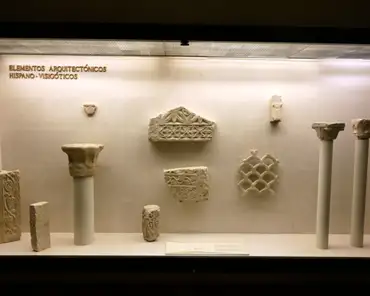
Architectural elements from the hispano-visigothic period which followed the invasion of the roman empire.
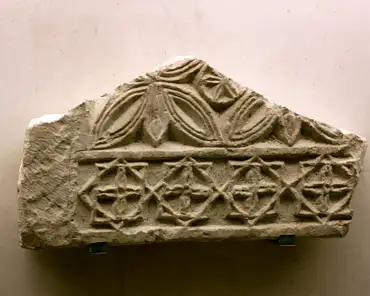
Architectural element from the hispano-visigothic period which followed the invasion of the roman empire.
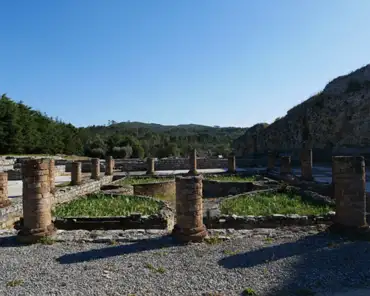
House of the swastika, home to a wealthy family, 1st and 2nd centuries AD. The swastika was a solar representation bearing good luck.
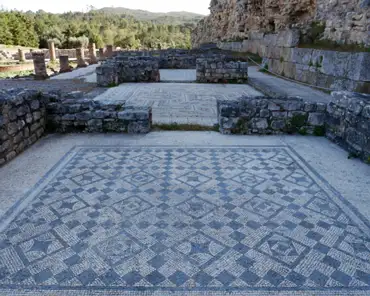
House of the swastika, home to a wealthy family, 1st and 2nd centuries AD. The swastika was a solar representation bearing good luck.
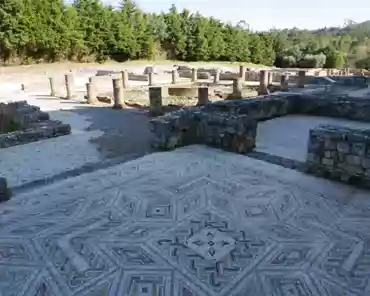
House of the swastika, home to a wealthy family, 1st and 2nd centuries AD. The swastika was a solar representation bearing good luck.
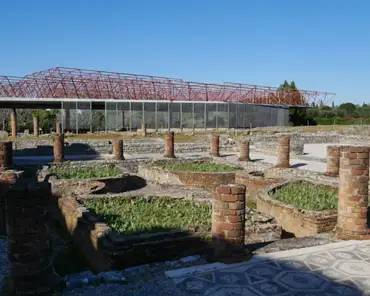
House of the swastika, home to a wealthy family, 1st and 2nd centuries AD. The swastika was a solar representation bearing good luck.
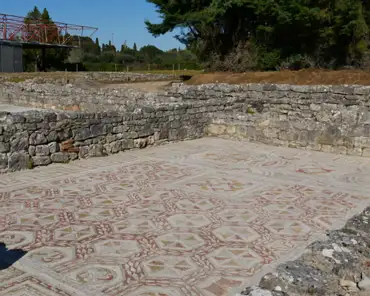
House of the swastika, home to a wealthy family, 1st and 2nd centuries AD. The swastika was a solar representation bearing good luck.
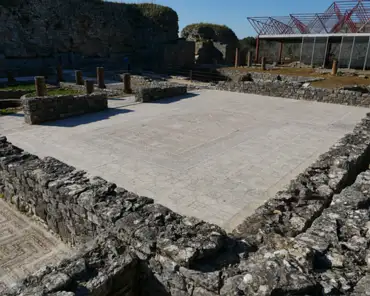
House of the swastika, home to a wealthy family, 1st and 2nd centuries AD. The swastika was a solar representation bearing good luck.
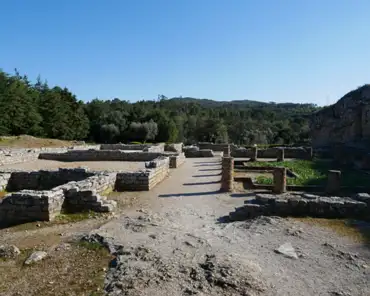
House of the skeletons, a prestigious private residence, ca. 200, later occupied by a late-roman and medieval cemetery.
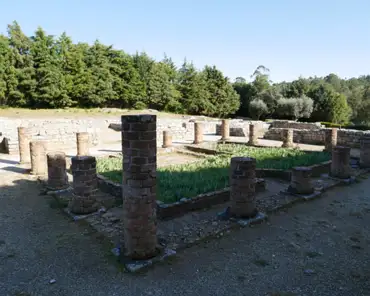
House of the skeletons, a prestigious private residence, ca. 200, later occupied by a late-roman and medieval cemetery.
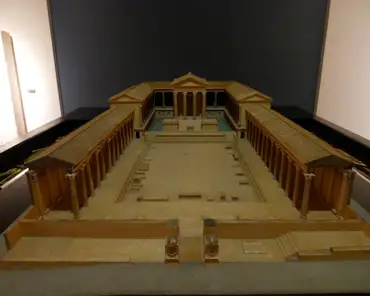

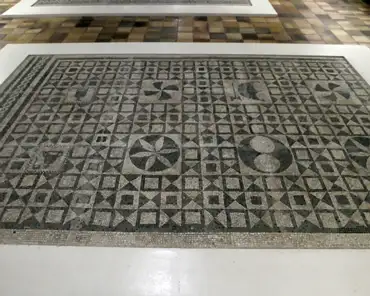
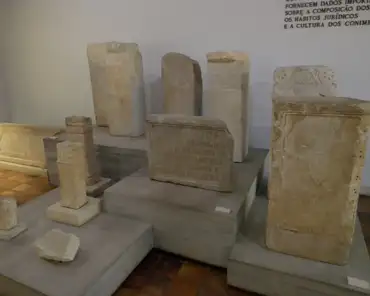
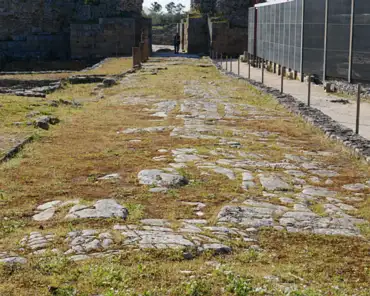
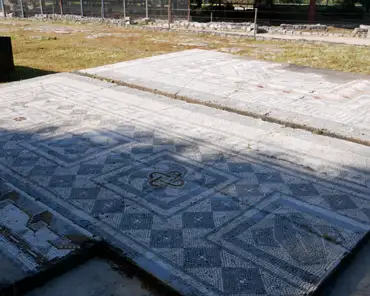
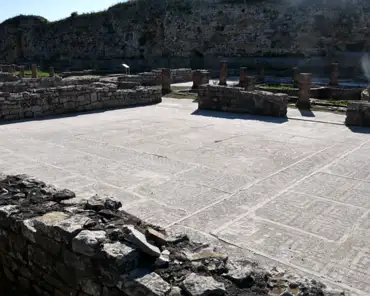
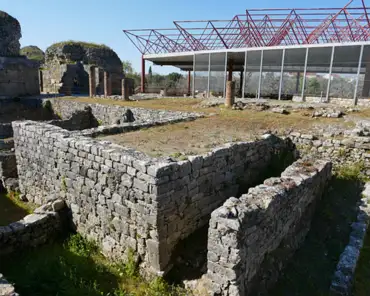
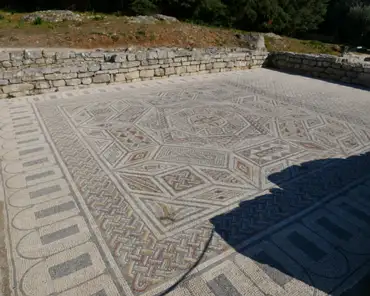
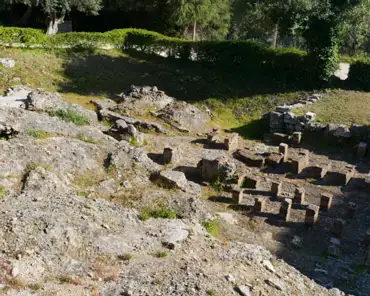
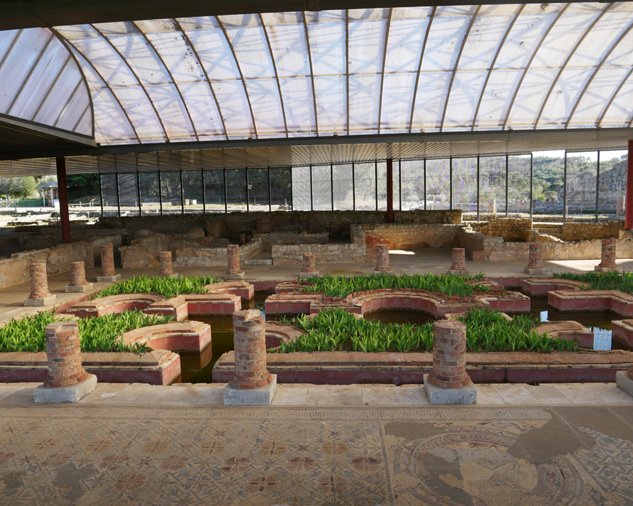
The roman city of Conimbriga was entirely remodeled in 70AD and a new forum was dedicated to the imperial cult.